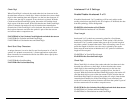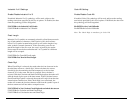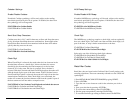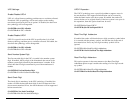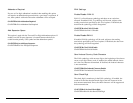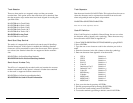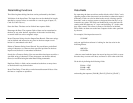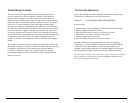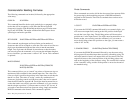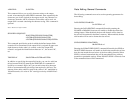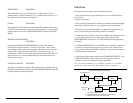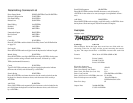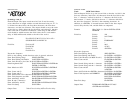
3332
Data Editing Functions
The following data editing functions can be performed by the Omni:
Validation of the Input Data: The input data can be checked for length,
matched to a preset value, or restricted to a certain type of input (i.e.,
Code 39, Code 128, etc.).
Parse the Data: The data can be divided into separate fields.
Rearrange the Data: The separate fields of data can be transmitted to
the host in any order desired, regardless of the order in which they
occurred in the bar code or magnetic stripe.
Insert Character Strings into the Output Data Record: Character strings
can be defined and inserted at any place in the data output record
before it is transmitted to the host.
Delete a Character String from a Record: You can delete a pre-defined
string of characters, or charcters from specified positions in the data
input record, before it is transmitted to the host.
Search for a Character String: You can search the data input record for a
specified string of characters. These characters can then be deleted,
moved, or modified using the other Data Editing commands.
Duplicate Fields: A field can be transmitted to the host as many times
as desired and in any desired order
Insert Time Delay: Time delays can be inserted between fields to allow
the host to complete an operation.
Data Fields
By separating the data record into smaller blocks called “fields,” each
separate portion of the data record can be edited or otherwise treated
differently. Fields can also be added to the record, allowing specific
functions, such as carriage returns or keyboard function keys, to be
inserted at any point. The fields are identified by a one character ID
starting with the character “A” (up to and including “Z”) in the order
they were created. This allows as many as 26 fields to be defined.
These fields are then sent to the host computer in the order specified
by the user.
For example, if the input data record is:
12345ABC
and your application software is looking for the data to be in the
following format:
ABC<CR>
12345<CR>
...then we must break the input data record up into two fields, reverse
the order they are sent to the host, and insert a <CR> after each field.
We do this by defining the following fields:
Field A = 12345
Field B = ABC
Field C = <CR>
and sending the sequence {Field B}{Field C}{Field A}{Field C}



